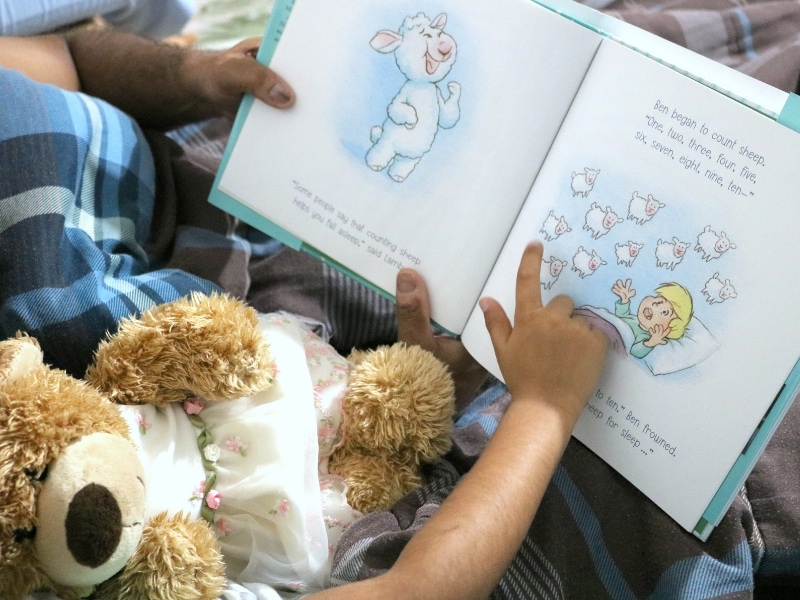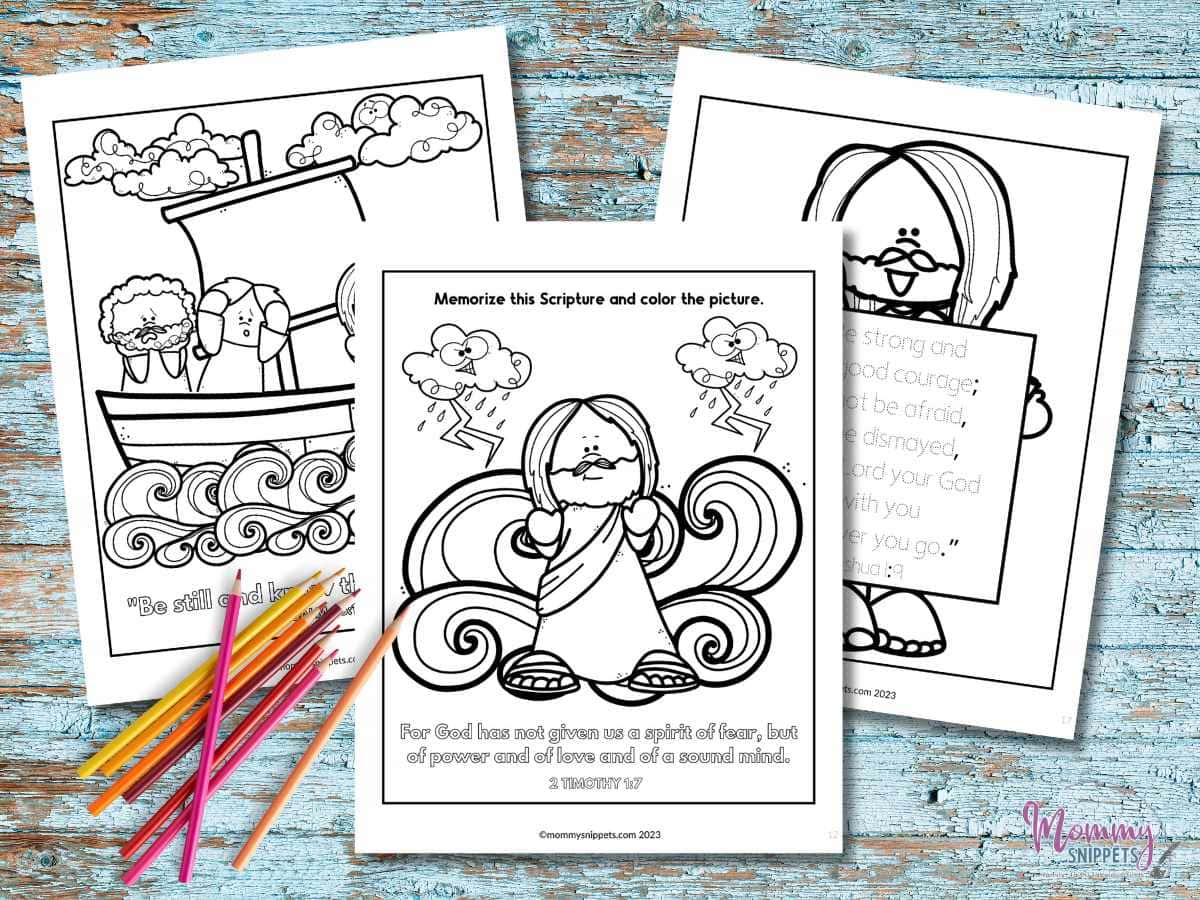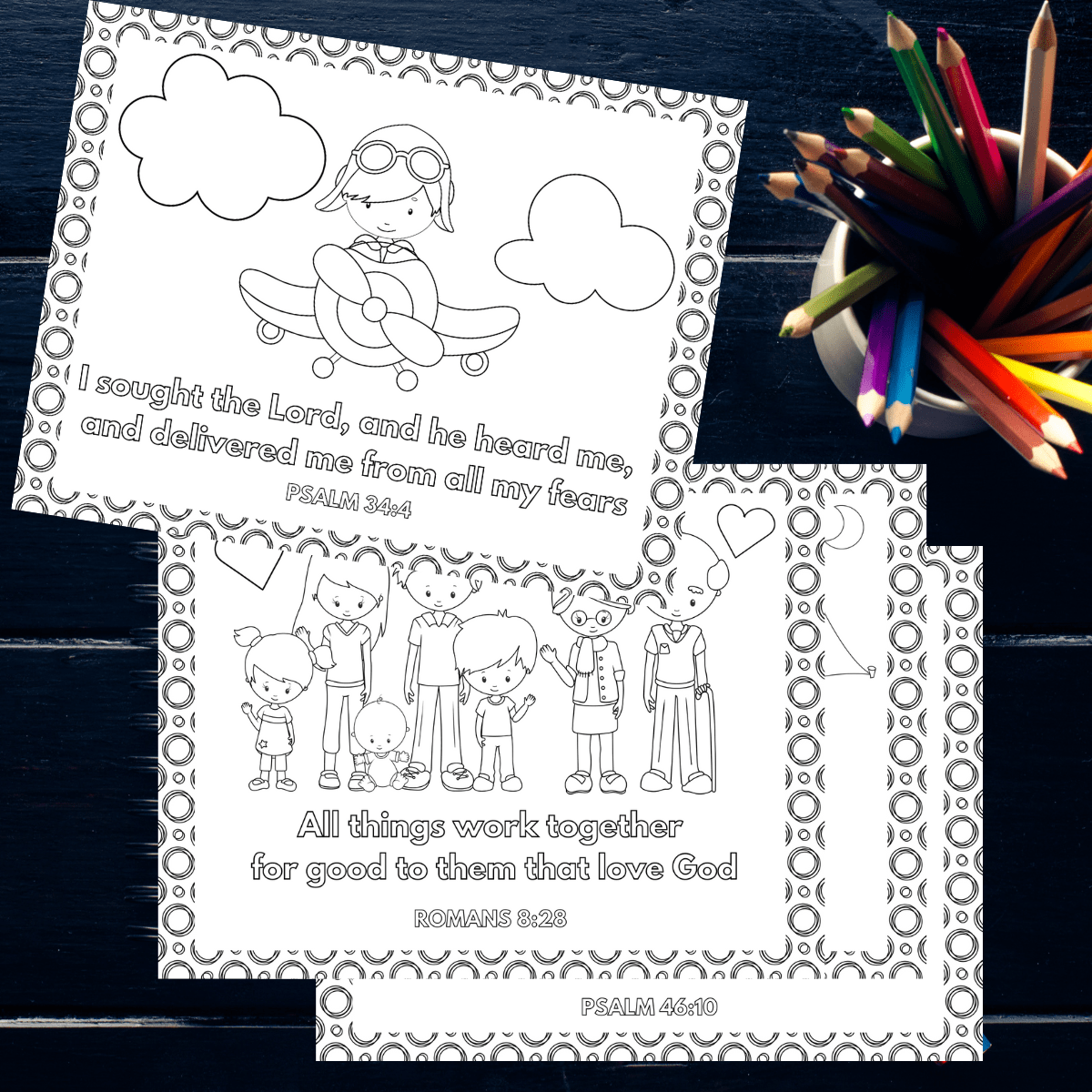8 Helpful Calming Activities for Children with Anxiety
This post contains editorial samples and/or affiliate links to products I recommend. While this adds no additional cost to you, I will earn a small commission on any sales made.
Is your child anxious? Are you looking for ways to calm their fears? Read further on to learn eight helpful calming activities for children with anxiety.
Perhaps your child is anxious about going back to school, or perhaps your child is anxious at bedtime.
The reason for a child’s anxiety could be anything.
Parenting an anxious child can be challenging and worrying, especially when you watch your child anxious or fearful.
For many parents, understanding and supporting a child with anxiety is crucial.
Here are eight tried and tested activities for anxious children-
activities to empower children to face their anxieties head-on and cultivate resilience.
8 Helpful Calming Activities for Children with Anxiety
As your child’s greatest advocate and champion, you would know what would be best for your child. It could be one activity, two activities, a mix of a few, or perhaps all.
1. Prayer and Scripture Comfort Time
Pray over your child and encourage your child to pray about fears they may have or what’s burdening their hearts. Play instrumental worship music and encourage them to color these Scripture coloring sheets , these Bible coloring cards, or the Jesus Calms the Storm pack.
(I have some for adults too.)
Here are some verses you can read over together-
Philippians 4:6-7 (NKJV): “Be anxious for nothing, but in everything by prayer and supplication, with thanksgiving, let your requests be made known to God; and the peace of God, which surpasses all understanding, will guard your hearts and minds through Christ Jesus.”
Psalm 34:4 (NKJV): “I sought the Lord, and He heard me, and delivered me from all my fears.”
Isaiah 41:10 (NKJV): “Fear not, for I am with you; be not dismayed, for I am your God. I will strengthen you, yes, I will help you, I will uphold you with My righteous right hand.”
Matthew 11:28-30 (NKJV): “Come to Me, all you who labor and are heavy laden, and I will give you rest. Take My yoke upon you and learn from Me, for I am gentle and lowly in heart, and you will find rest for your souls. For My yoke is easy, and My burden is light.”
2. Identify Sensory Needs
For some children, sensory needs may be a reason their anxiety builds up. Something as simple as finding sensory-friendly socks for kids and other sensory-friendly clothing can help alleviate built-up concerns.
3. Art Therapy
In a world dominated by words, sometimes the silent brush strokes or the soft press of clay offer the respite needed.
Encouraging your child to explore their feelings through art can be a game-changer.
Set up an art corner filled with paints, sketchbooks, play dough (you can make your own!), and modeling clay.
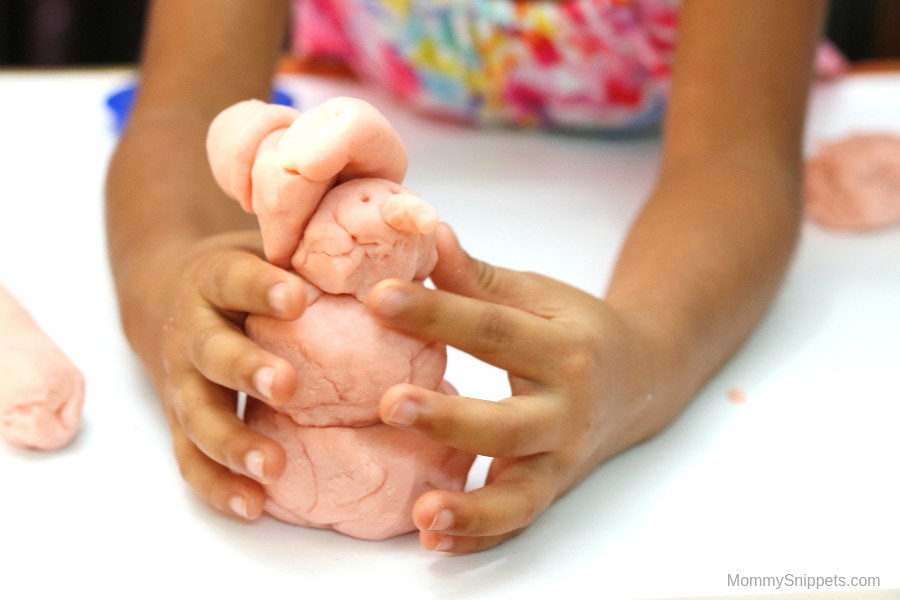
Let them sculpt their fears, paint their anxieties, or even sketch their ideal peaceful day.
Remember, the goal isn’t to create a masterpiece but to provide an outlet for expression.
4. Embrace the Outdoors
Nature has a therapeutic quality often overlooked in the hustle and bustle of life.
Encourage your child to engage with the world outside.
Whether gardening, hiking or simply cloud-gazing, immersing them outdoors has a calming effect.
This doesn’t mean signing them up for a wilderness boot camp. Instead, consider small, simple activities.
Planting a flower and watching it grow, or perhaps even grab a Backyard Creature Journal and go on an outdoor scavenger hunt.
Connecting them with nature helps to divert their focus from their fears, providing respite and perspective.
It’s also worth noting that the bountiful benefits of nature can mitigate exposure to certain adverse childhood experiences.
5. Let’s Cook!
The kitchen is often dubbed the heart of the home, and for good reason.
Engaging your child in culinary activities can give them a sense of accomplishment.
The acts of measuring, stirring, and tasting can be meditative.
Plus, cooking allows them to create something tangible, which can be empowering.
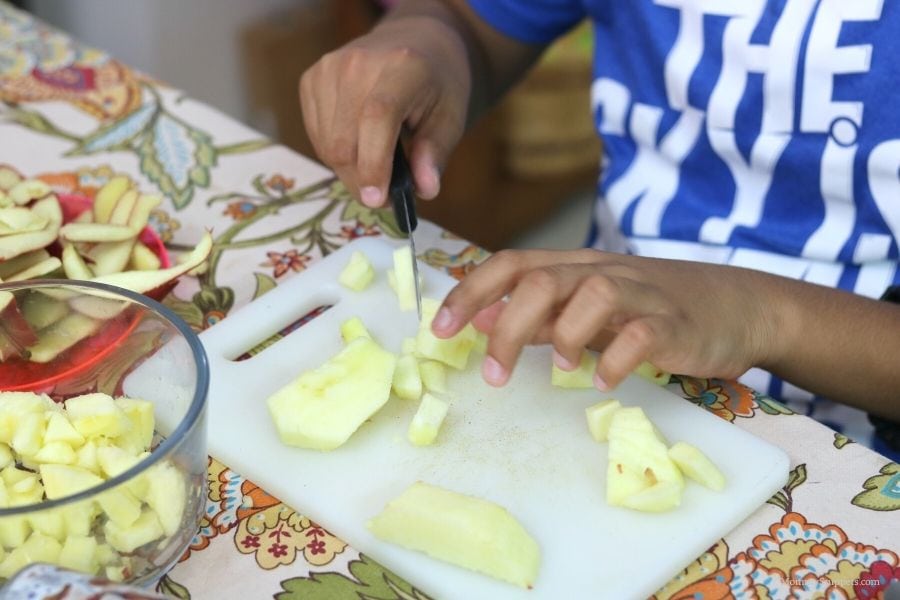
The activity can distract from anxious thoughts and be a confidence booster with a tasty result, even if it’s just baking cookies or making a sandwich.
6. Listen to an Audiobook or Read
Getting lost in a captivating story can be a blessing in overwhelming stress.
While reading is an excellent escape, audiobooks also offer an auditory experience that’s immersive and comforting.
Consider introducing your child to age-appropriate audiobooks, allowing them to drift into fantastical worlds or gain insights from inspiring narratives.
It’s like having a friend narrate a soothing tale.
And, if they need a comfort buddy, consider a weighted stuffed animal to hold close or even fall asleep with.
7. Get Active
Movement, whether through running, walking, or a physical sport, allows children to move and take their focus off their fears.
Dance, whether structured or freestyle, lets children express and release pent-up emotions.
The rhythmic patterns, coupled with the physicality of movement, can serve as a joyful distraction.
8. The Calm of Essential Oils
Introducing your child to calming aromas like lavender or chamomile can provide immediate relief in anxious situations.
Consider investing in a non-intrusive diffuser for their room or creating a DIY calming spray with water and essential oils.
Run the diffuser, play instrumental classical or worship music, and have your child do a craft.
If your child’s anxiety becomes more challenging to manage, it might be time to explore the idea of a service animal, which can offer companionship and be calming.
Parenting an anxious child requires patience, empathy, prayer, and creativity to adapt activities to suit your child.
Every child is unique; what works for one might not necessarily work for another.
Embrace seasons, pray through them, trust, and remember that the journey is as important as the destination.
At the heart of all these activities are love and understanding, the two most important tools for any parent.

